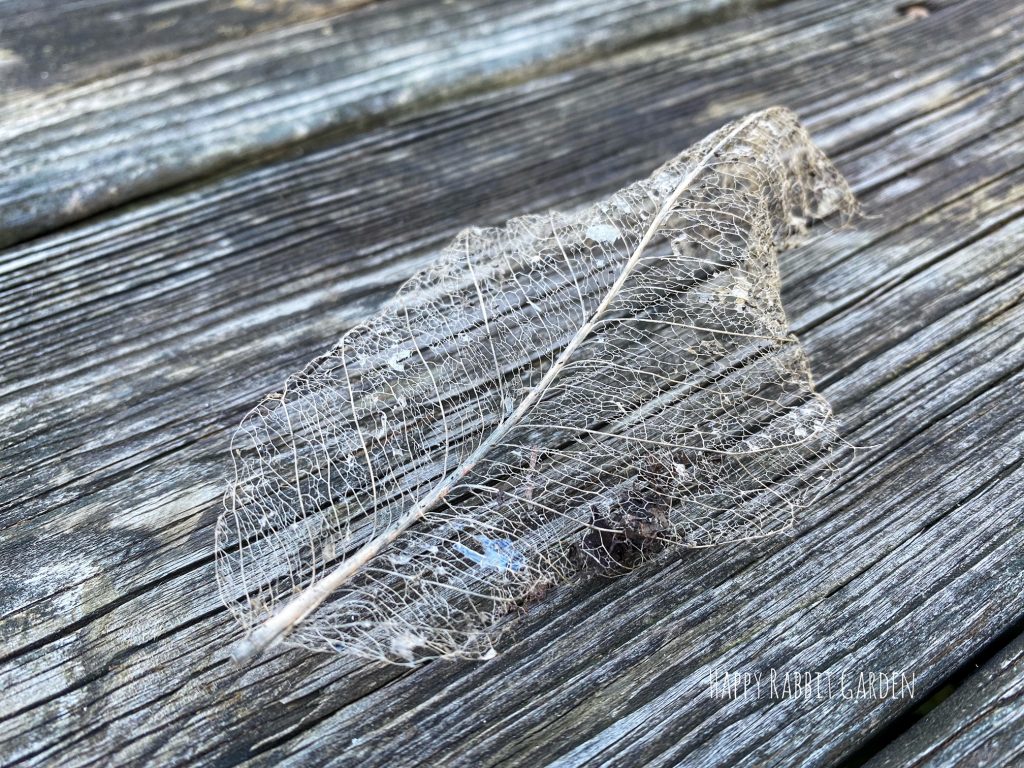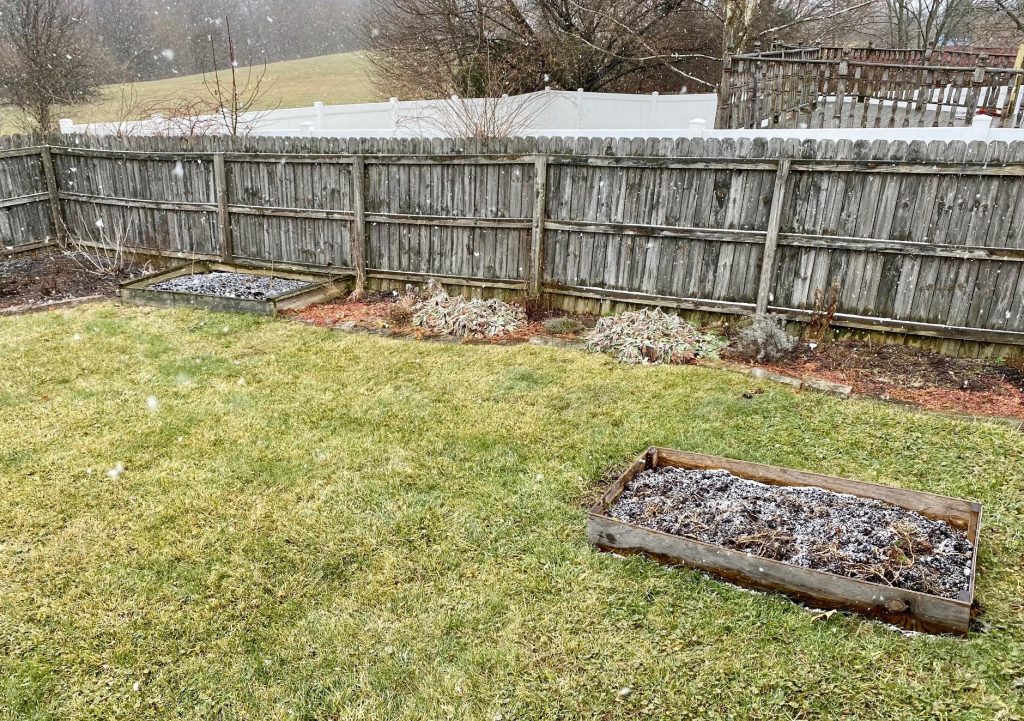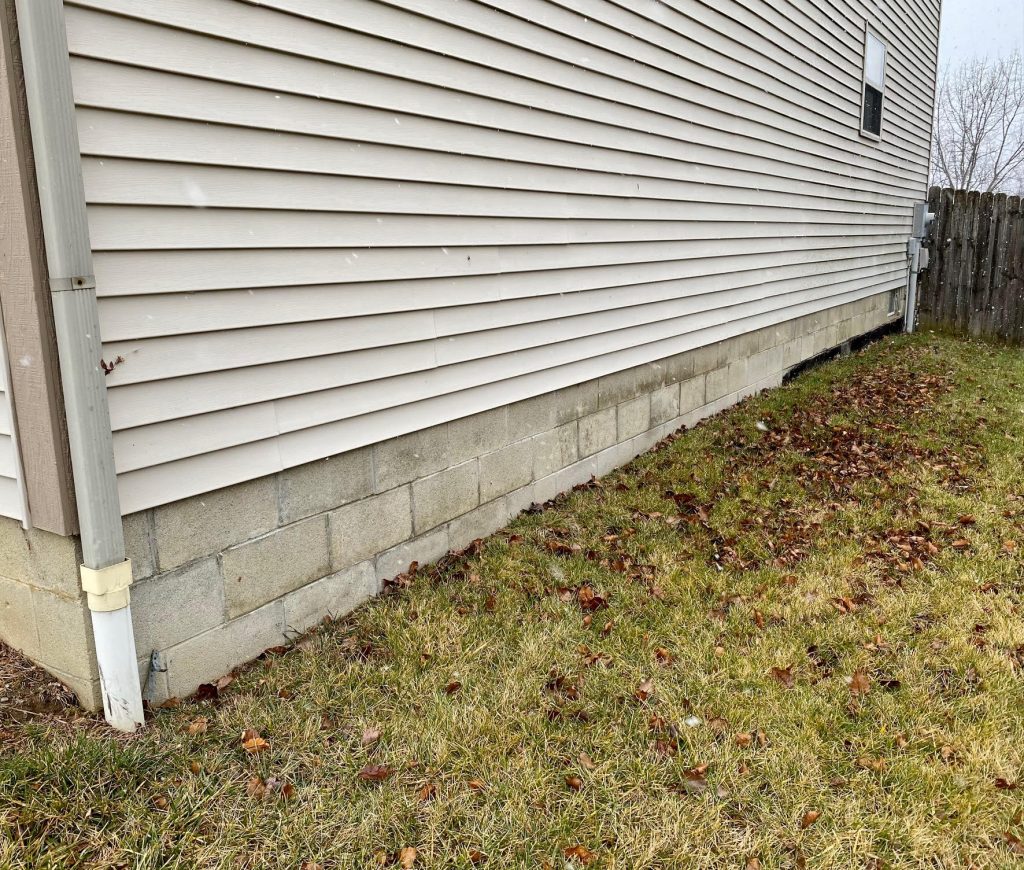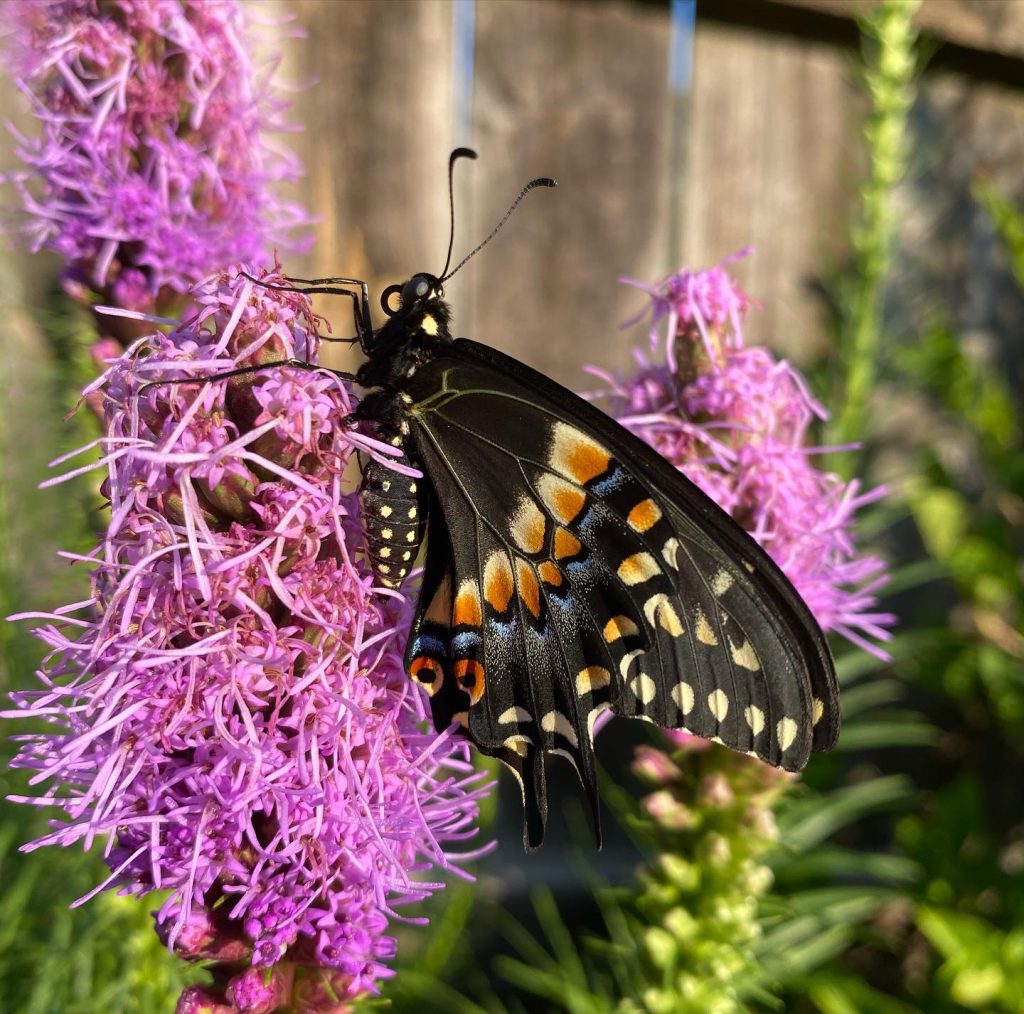
Well, as expected, we had our first freezes this past week. The temps dipped back into the upper 20s one day, and each morning, the tips of every leaf and blade of grass have been covered in white frost. We said goodbye to the last of the zinnias, the marigolds, the hostas, sedums, as well as the remaining basil and oregano, pokeberry bush, and one lone tomato plant that I’d forgotten had planted itself beside the deck stairs.
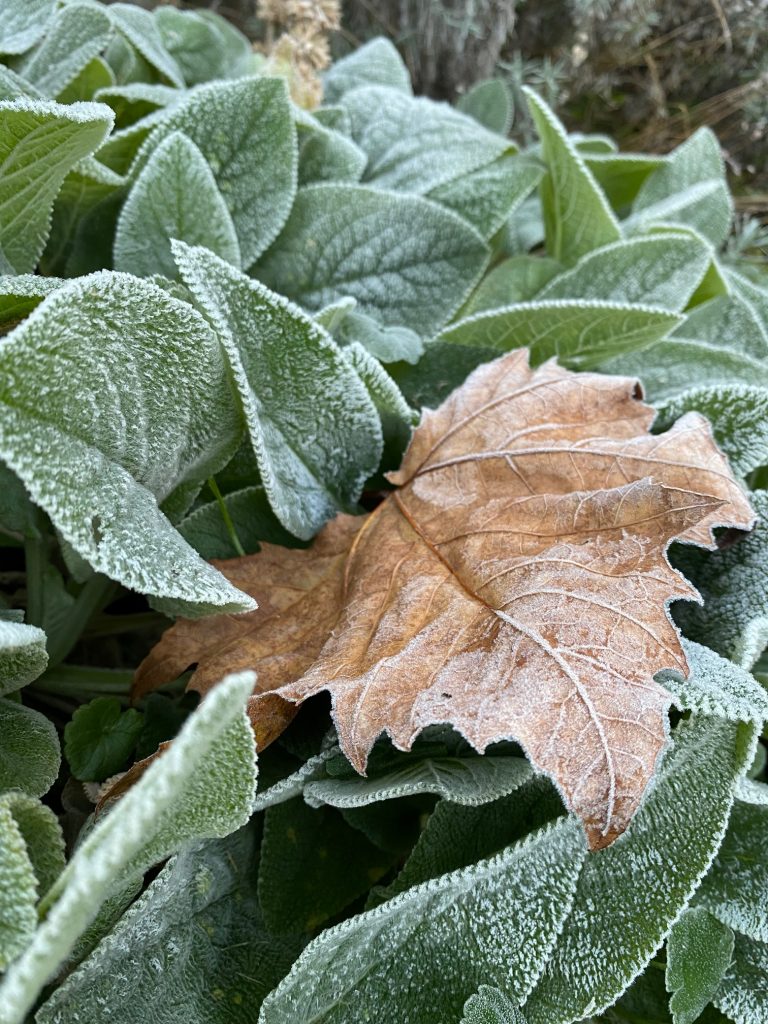
I finally made it outside to attend to the hostas, sedum, and peony plants. After a hard freeze, the leaves of each of these plants tend to yellow and grow mushy. So, I went out and cut the plants back to the ground. The leaves were all tossed into the compost pile, and in a few months time, new shoots will sprout up for next seasons display. It’s always a little alarming to trim back a plant to its base. But, next year, new growth will pop up in the springtime.
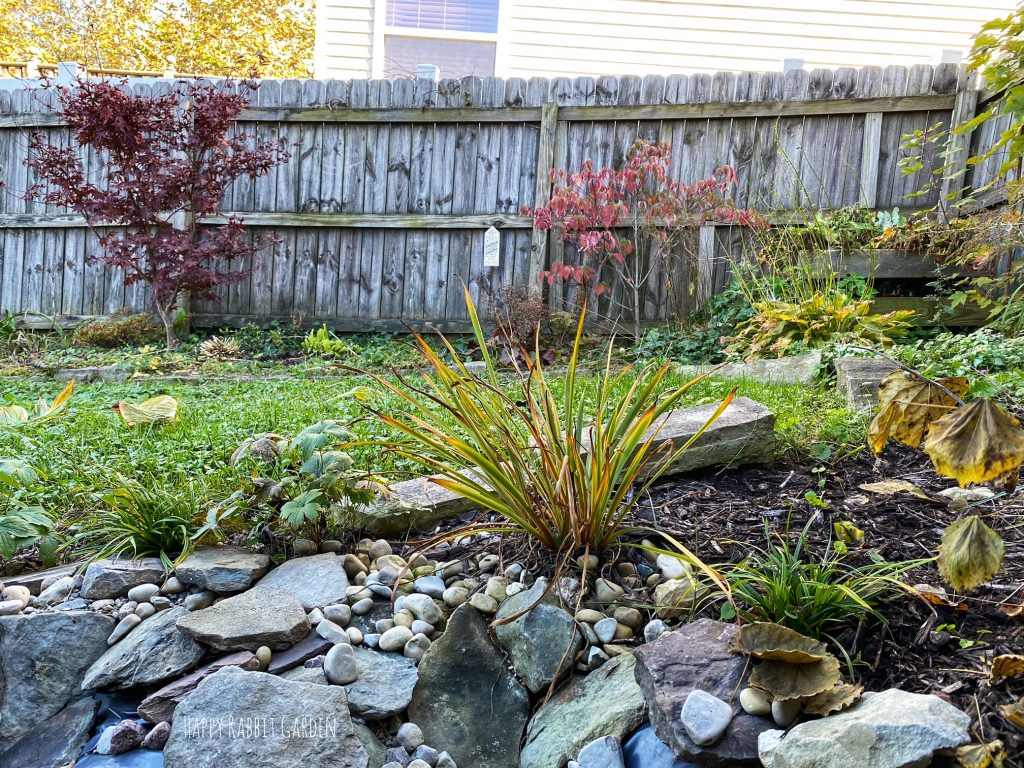
Taking these plants down gave me some good one-on-one time with the garden again. Really, it’s been awhile since I’ve been out to do much in the yard. It was just so bloody hot this summer, and humid (conditions I detest). Having some nice, cool days to get out and dig around a bit brought me a lot of happiness. I pulled some weeds, checked out the health of the plants that I’m leaving alone until next springs growth begins, and I did a bit of maintenance work around the pond. I pulled out the leaves and plant debris, and cleaned up a bit of the area around the water that I’d been letting grow wild. I’m still letting things grow, but it’s more of a controlled chaos.
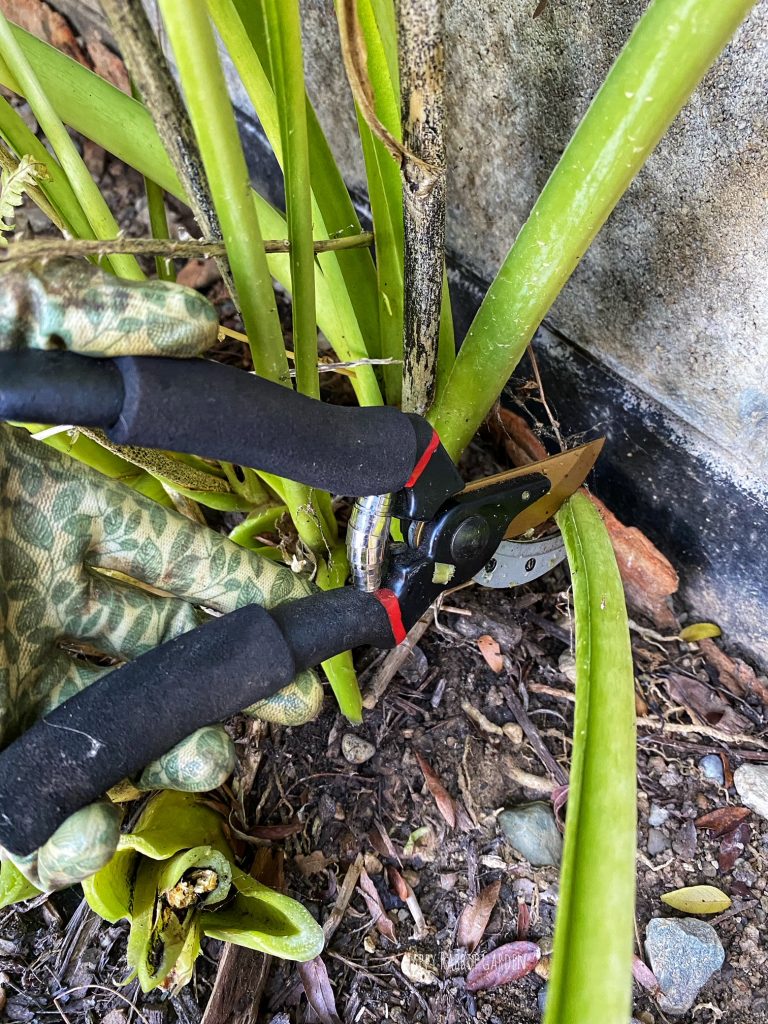
Over the weekend, in addition to the yard cleanup work, the husband took me to one of my favorite plant nurseries in the area: Groovy Plants Ranch. This was our second visit, and I was pretty much in planty heaven. The Ranch has several greenhouses, stocked full of exotic plants from all over the world. They have tropical varieties, cacti, succulents, and more in all shapes and sizes. The Ranch also has an area where you can pot up any new plants you’d like to buy there, as well as an old school house that they’ve converted into a little shop with local artwork, and seasonal plants. Right now, it is filled with all kinds of bulbs. The whole property is protected by a sweet Australian Shepherd who was quite fond of belly rubs. While the husband was distracted with her, I managed to sneak off to add a few more things to the basket.
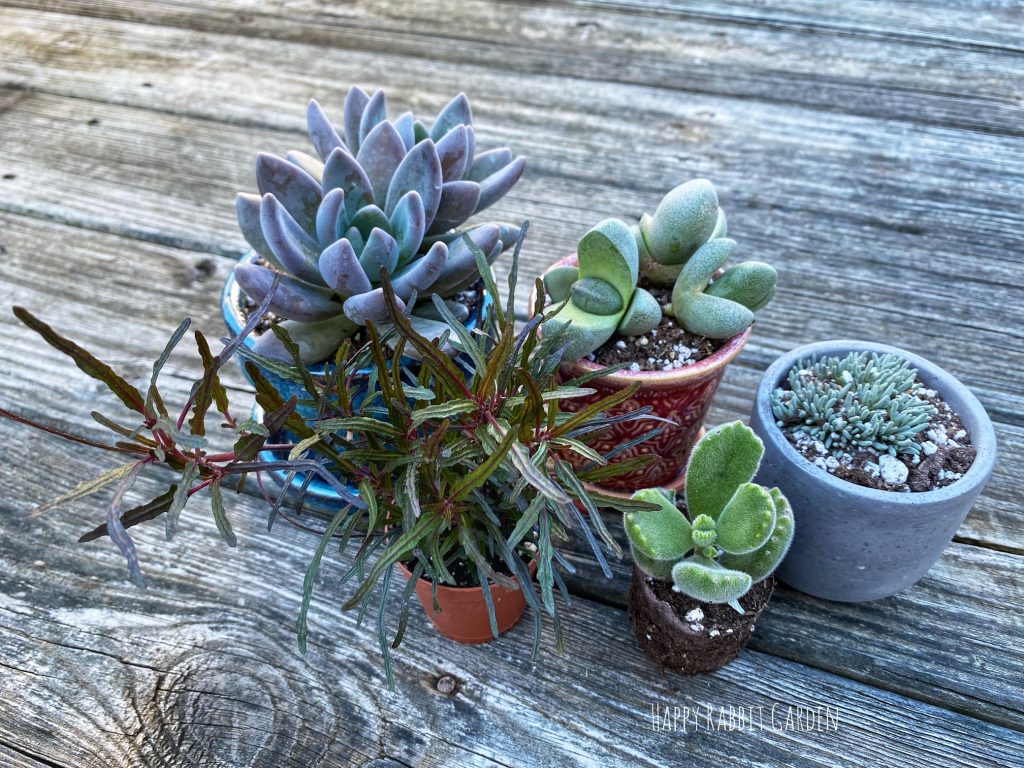
Earlier this year, I’d made the decision that I wasn’t going to plant any more bulbs this year. I have tulips, a few varieties of daffodils, and crocuses already in the yard, and I don’t need any more. And, in years past, I’d had far more success trying to grow garlic by planting it in early spring than in the fall. So, naturally, I came home from The Ranch with an armload of daffodil and garlic bulbs. The daffodils went in under the big locust tree in our front yard, and the garlic went into one of the raised beds out back. What can I say? I am physically incapable of saying no to plants.
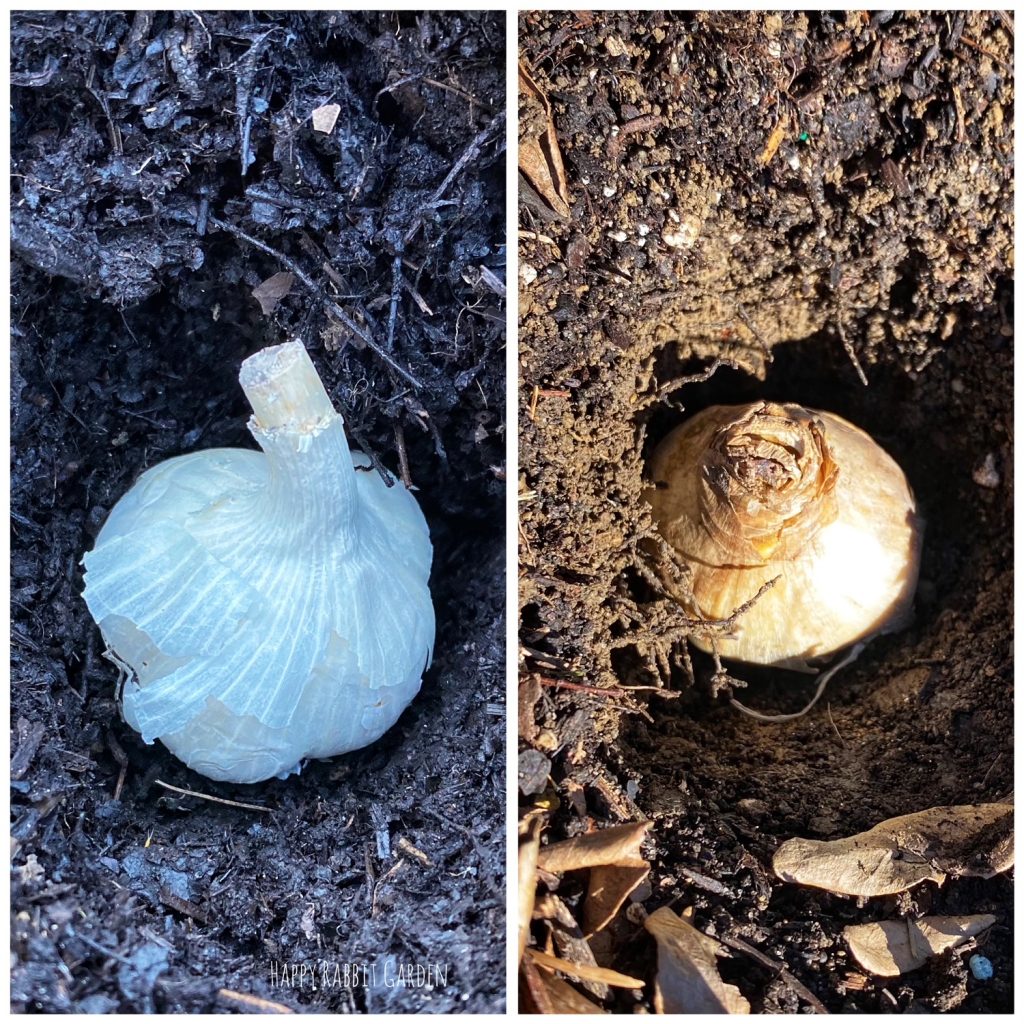
In addition to the bulbs, I nabbed a few more succulents, some more rock plants, and a pretty, frilly tropical plant whose name I forgot to write down. That reminds me… this winter, I want to take stock of all of my indoor plants. My collection has tripled in size since the Pandemic started, and I should probably be keeping better track of what all I’m growing. Anyway, I brought home lots of goodies. The kitchen windowsill is now completely filled with tiny potted succulents.
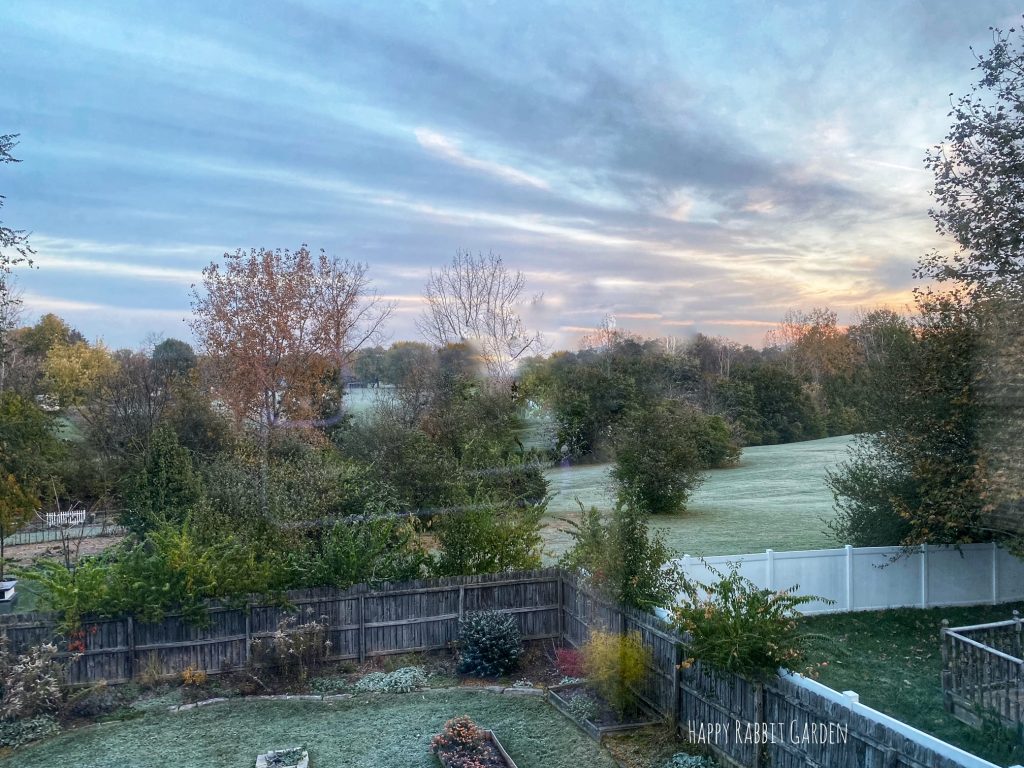
I have one more recent plant acquisition to own up to: I bought a vanilla plant. It’s on its way in the mail. Vanilla, you may not know, is a type of orchid. The plant is a vine, and grows in the wild in Mexico. My little baby vine will be here soon, and I plan to train it up a potted trellis next to the loofah vines and the lemon tree in the husbands office. When it’s warm enough out again, all will move back to the deck. The vines take a bit of time to grow vanilla pods, but when they do, we’ll have our very own vanilla seeds. Picture the best custard you’ve ever had. Now imagine that, but 100x better, and that’s the crème brûlée that the husband will be making with our vanilla. I don’t mean to brag. Them’s just the facts.
The vanilla will likely take a few years to grow seed pods. In fact, it will probably be ready to harvest for the first time around the same time as our pineapples and lemons. But all will be worth the wait. That’s going to be one glorious summer, let me tell you.
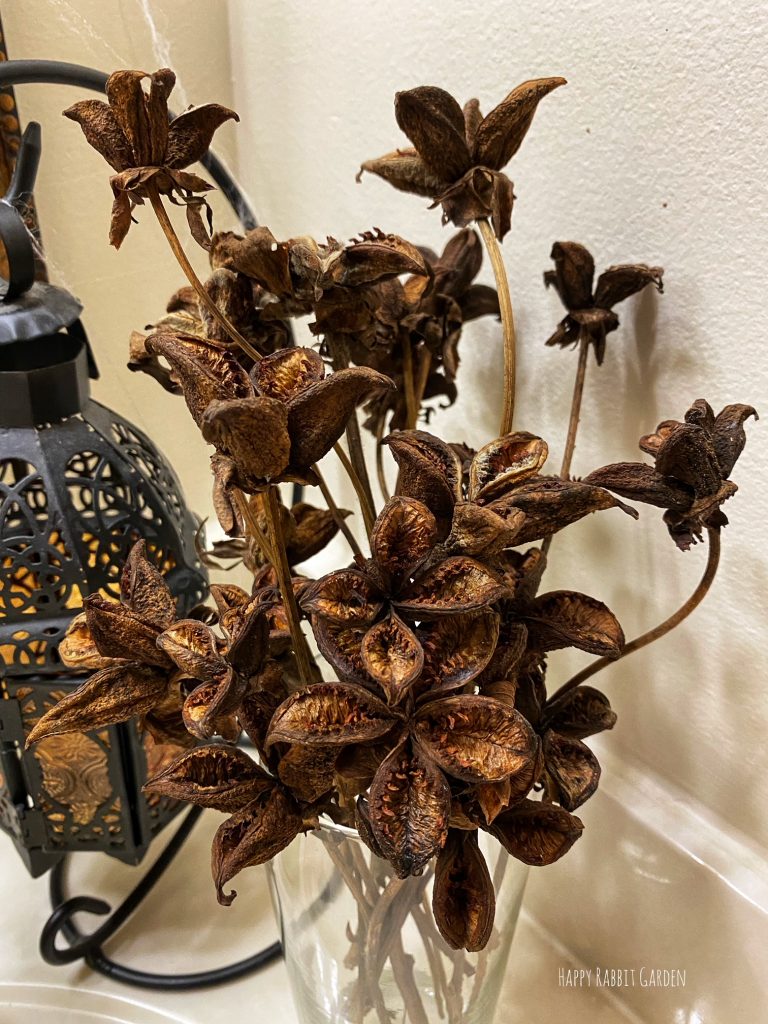
Anyway, for now, with the outdoor garden heading back to sleep, my attentions have been shifting to all my indoor plants. Many spend their summer on the deck, and move back inside as the temperatures fall. Some, I keep inside year-round, as we have much more rainfall than they prefer. I have a lot of them, as I’d mentioned, everything from air plants, to lithops, to long, vining pothos, and caterpillar plants. All of them make me quite happy, and have become a comfort during dark winter days, when my mood is not great. I’ll likely introduce them all to you at some point.
That’s all I have for this week. Whatever the size of your garden, or whichever season you are now in, I hope your plants are bringing you cheer. Happy gardening!
